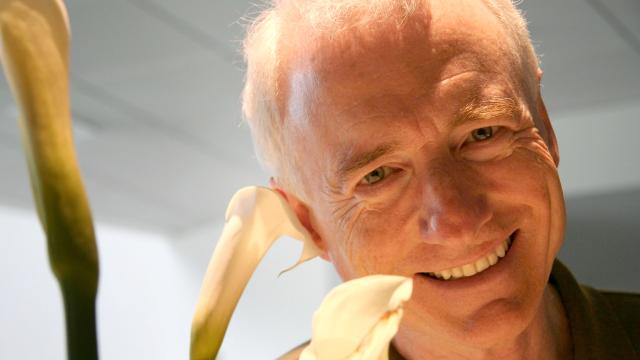The advent of the personal computer wasn’t just about making these powerful machines available to everyone, it was also about making them accessible and usable, even for those lacking a computer science degree. Larry Tesler, who passed away on Monday, might not be a household name like Steve Jobs or Bill Gates, but his contributions to making computers and mobile devices easier to use are the highlight of a long career influencing modern computing.
Born in 1945 in New York, Tesler went on to study computer science at Stanford University, and after graduation he dabbled in artificial intelligence research (long before it became a deeply concerning tool) and became involved in the anti-war and anti-corporate monopoly movements, with companies like IBM as one of his deserving targets. In 1973 Tesler took a job at the Xerox Palo Alto Research Centre (PARC) where he worked until 1980. Xerox PARC is famously known for developing the mouse-driven graphical user interface we now all take for granted, and during his time at the lab Tesler worked with Tim Mott to create a word processor called Gypsy that is best known for coining the terms “cut,” “copy,” and “paste” when it comes to commands for removing, duplicating, or repositioning chunks of text.
Xerox PARC is also well known for not capitalising on the groundbreaking research it did in terms of personal computing, so in 1980 Tesler transitioned to Apple Computer where he worked until 1997. Over the years he held countless positions at the company including Vice President of AppleNet (Apple’s in-house local area networking system that was eventually cancelled), and even served as Apple’s Chief Scientist, a position that at one time was held by Steve Wozniak, before eventually leaving the company.
In addition to his contributions to some of Apple’s most famous hardware, Tesler was also known for his efforts to make software and user interfaces more accessible. In addition to the now ubiquitous “cut,” “copy,” and “paste” terminologies, Tesler was also an advocate for an approach to UI design known as modeless computing, which is reflected in his personal website. In essence, it ensures that user actions remain consistent throughout an operating system’s various functions and apps. When they’ve opened a word processor, for instance, users now just automatically assume that hitting any of the alphanumeric keys on their keyboard will result in that character showing up on-screen at the cursor’s insertion point. But there was a time when word processors could be switched between multiple modes where typing on the keyboard would either add characters to a document or alternately allow functional commands to be entered.
There are still plenty of software applications where tools and functionality change depending on the mode they’re in (complex apps like Photoshop, for example, where various tools behave differently and perform very distinct functions) but for the most part modern operating systems like Apple’s macOS and Microsoft’s Windows have embraced user-friendliness through a less complicated modeless approach.
After leaving Apple in 1997, Tesler co-founded a company called Stagecast Software which developed applications that made it easier and more accessible for children to learn programming concepts. In 2001 he joined Amazon and eventually became the VP of Shopping Experience there, in 2005 he switched to Yahoo where he headed up that company’s user experience and design group, and then in 2008 he became a product fellow at 23andMe. According to his CV, Tesler left 23andMe in 2009 and from then on mostly focused on consulting work.
While there are undoubtedly countless other contributions Tesler made to modern computing as part of his work on teams at Xerox and Apple that may never come to light, his known contributions are immense. Tesler is one of the major reasons computer moved out of research centres and into homes.
